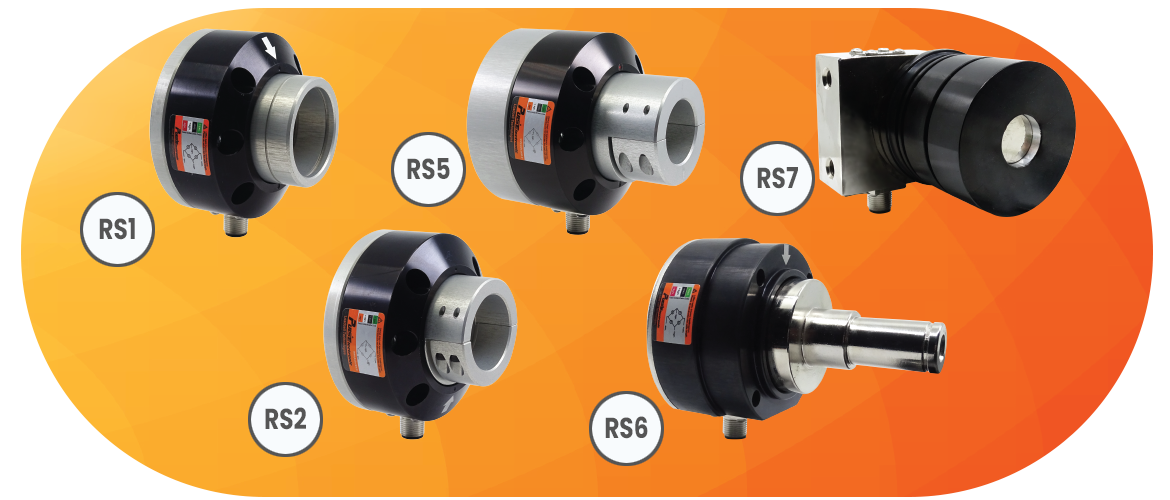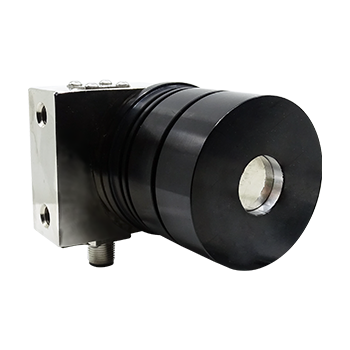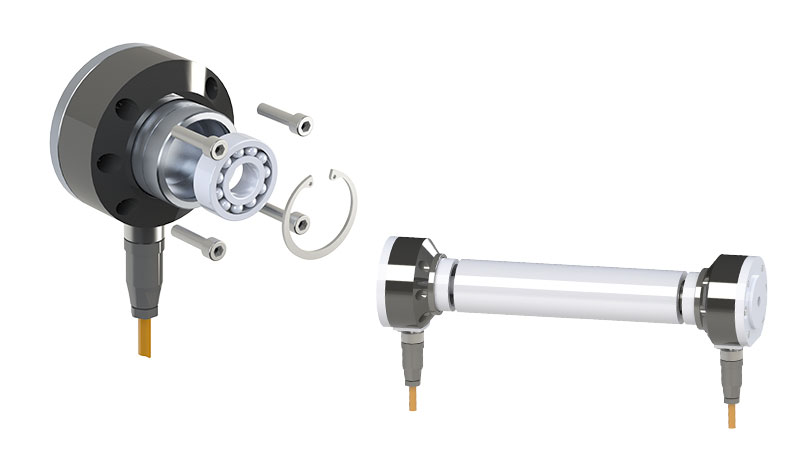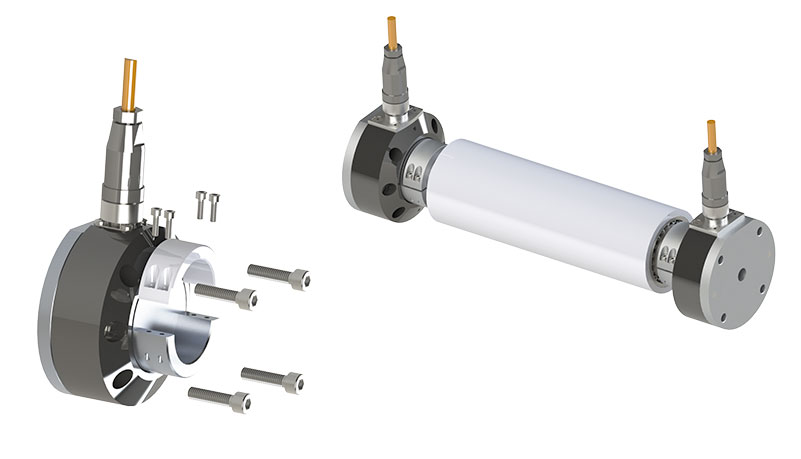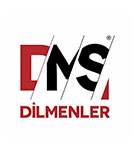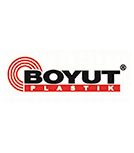What is a Load Cell?
A load cell is a transducer that converts mechanical force into an electrical signal. It is commonly used in weighing systems and force measurement applications to provide accurate and reliable data.
How does a load cell work?
Load cells operate based on the principle of strain gauges. When a force is applied, the strain gauges deform, causing a change in electrical resistance. This change is measured and converted into an electrical signal proportional to the applied force.
What are the different types of load cells?
Common types include:
Compression Load Cells: Measure force applied in compression.
Tension Load Cells: Measure force applied in tension.
Shear Beam Load Cells: Suitable for industrial weighing applications.
S-Type Load Cells: Versatile for both tension and compression.
Bending Beam Load Cells: Ideal for low-capacity applications.
What factors should be considered when selecting a load cell?
Key considerations include:
Capacity: Maximum load the cell can measure.
Accuracy: Precision required for the application.
Environmental Conditions: Temperature, humidity, and exposure to chemicals.
Mounting Requirements: Compatibility with existing systems.
Certification Needs: Compliance with industry standards.
What is a web tension load cell?
A web tension load cell is designed to measure the tension in materials like paper, film, or textiles as they move through processing equipment. Accurate tension measurement ensures product quality and prevents material damage.
How do web tension load cells differ from standard load cells?
Web tension load cells are specifically engineered to handle dynamic forces in continuous processing lines. They often feature specialized mounting options and enhanced sensitivity to detect slight variations in tension.
What are the common applications of web tension load cells?
They are widely used in industries such as:
Printing: Ensuring consistent print quality.
Packaging: Maintaining material alignment.
Textiles: Controlling fabric tension during weaving.
Paper Production: Monitoring tension to prevent tears.
Cable Industry: Managing precise tension control to ensure uniformity and prevent deformation during cable production.
How should web tension load cells be installed?
Proper installation is crucial:
Alignment: Ensure the load cell is aligned with the direction of force.
Mounting: Use appropriate hardware to secure the load cell.
Calibration: Calibrate the system after installation for accurate readings.
What maintenance is required for web tension load cells?
Regular maintenance includes:
Inspection: Check for physical damage or wear.
Cleaning: Remove debris that may affect performance.
Calibration: Periodic recalibration to maintain accuracy.
Can web tension load cells be integrated with existing systems?
Yes, many web tension load cells are designed for easy integration with existing control systems and can be customized to fit specific application requirements.
Why is correct installation important for load cells?
Correct installation ensures maximum measurement accuracy, reliability, and extends the lifespan of the loadcell, minimizing downtime and maintenance costs.
How should the force direction be aligned during loadcell installation?
The force direction must be correctly aligned according to the loadcell’s markings to ensure accurate tension measurement and prevent damage.
Is a dual-loadcell setup necessary for wide web applications?
Yes, a dual-loadcell configuration is highly recommended for wide web applications. This ensures balanced tension measurement and greater accuracy.
What is the importance of vertical force application (gravity-aligned)?
Applying force vertically ensures optimal accuracy by aligning the tension direction with gravity, minimizing measurement errors caused by angular forces.
Why is proper alignment and secure fastening crucial?
Proper alignment and secure fastening of clamps and bearings are essential to avoid mechanical stress, inaccurate readings, and premature loadcell failure.
What issues arise from using a single loadcell in wide web applications?
Using a single loadcell for wide web applications can result in inadequate support, leading to inaccurate tension measurement, uneven wear, and potential system failures.
What happens if the force direction is misaligned during installation?
Misaligned force directions cause inaccurate readings, reduce system efficiency, and may lead to permanent damage to the loadcell.
Why should non-vertical force application be avoided?
Non-vertical force application reduces measurement accuracy due to angular forces interfering with correct tension sensing, resulting in unreliable data.
What are the consequences of insufficient or overly tight fastening?
Insufficient fastening leads to instability and inaccurate measurements, whereas overly tight fastening induces mechanical stress and distortion of signals, adversely affecting loadcell performance.
